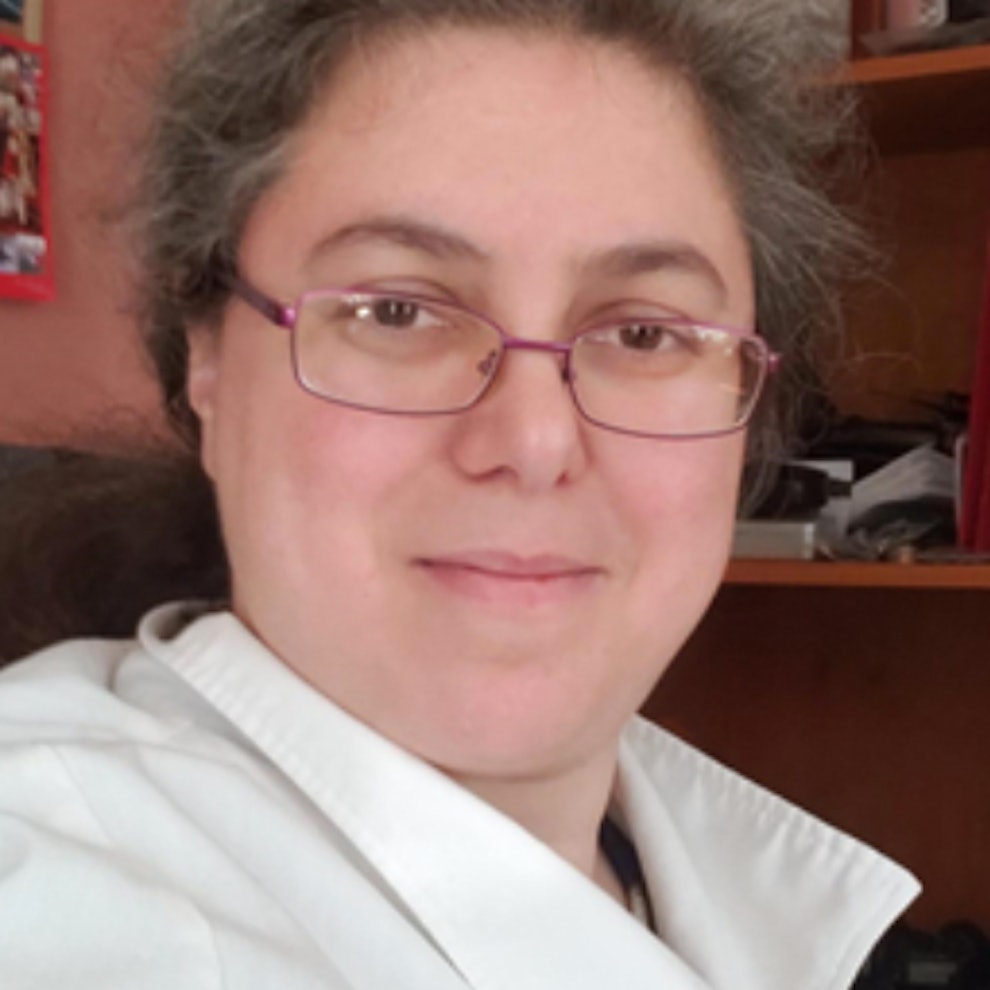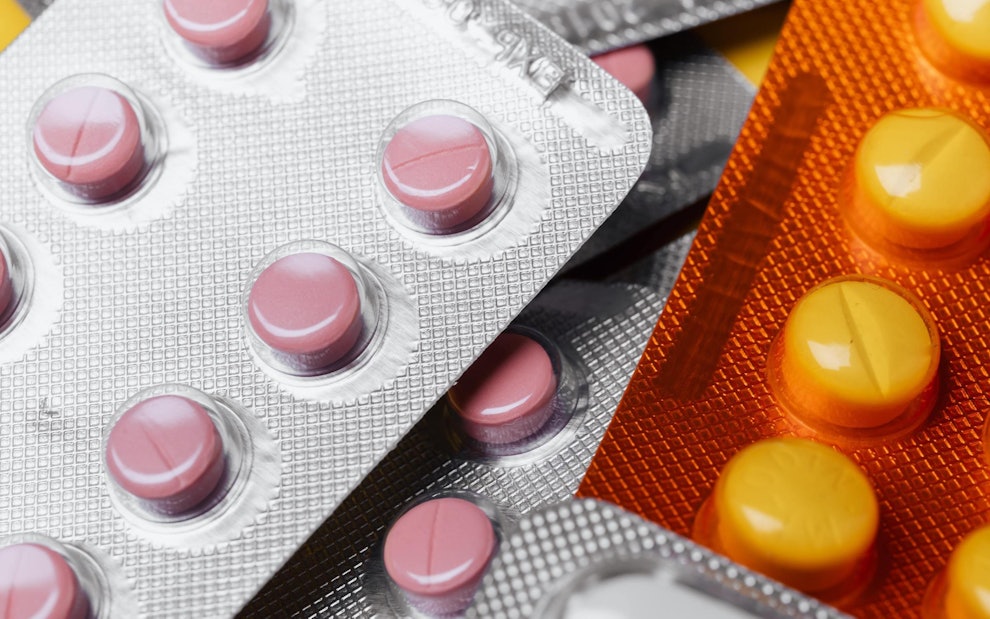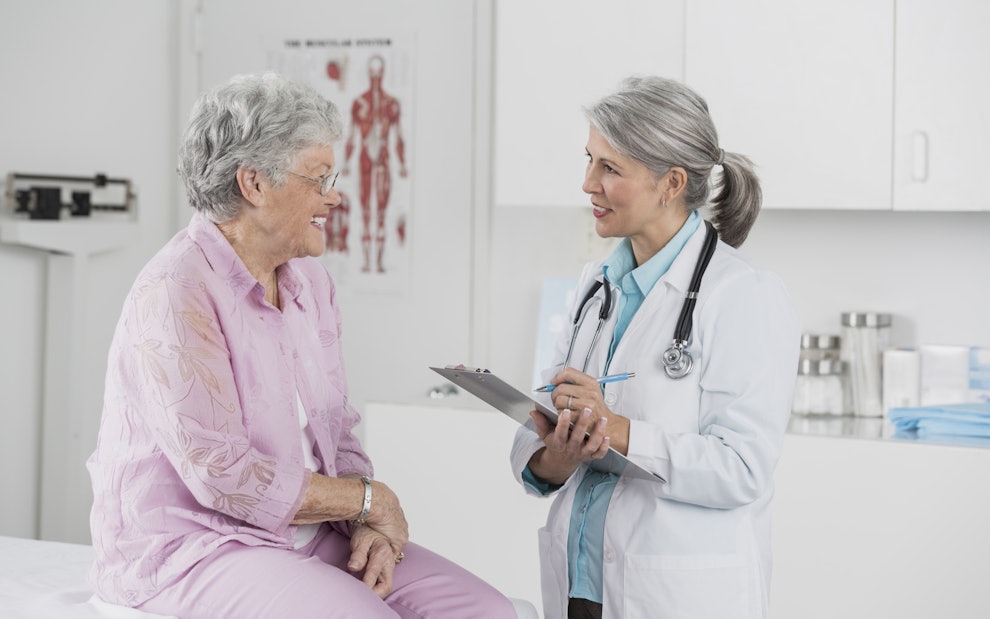Signs of Poor Circulation and What to Do About It
Article at a glance
The circulatory system is made up of the heart and blood vessels (arteries, veins, and capillaries) that work together to make sure the body has what it needs to function properly. It’s responsible for delivering oxygen, nutrients, and hormones to different parts of the body, while eliminating carbon dioxide and other waste products.
Poor circulation occurs when any component of the circulatory system is damaged. Blood vessels can become weak or narrowed, making them unable to carry blood throughout the body.
Many conditions can lead to poor circulation, such as high blood pressure, blood clots, varicose veins, and diabetes.
Poor circulation can show up as pain, numbness, or weakness of the affected areas, and, depending on the cause, can lead to bulging veins and cold fingers and toes.
Treatment for poor circulation depends on the underlying cause and may include certain medicines and procedures.
Poor circulation can be prevented by eliminating risk factors such as smoking and obesity.

Our blood needs a clear path and enough space to flow properly. If this path gets disrupted, the cells in the body will not receive the oxygen and nutrients needed for the body to function properly. Some conditions, like high blood pressure or high cholesterol, can affect the walls of the blood vessels and disrupt or change the blood flow, or in someone with atherosclerosis when blood flow is blocked by the buildup of fat and cholesterol within the vessels. It’s possible to prevent poor circulation with certain lifestyle changes, but it’s also important to watch out for signs of the condition because it can become worse without treatment.
What is poor circulation?
The circulatory system is made up of the heart and blood vessels. It delivers oxygen, nutrients, and hormones to the whole body and helps eliminate waste and carbon dioxide. The heart acts as the main pump that pushes blood throughout the body, while the blood vessels act as channels to assist in the proper distribution of blood. Blood vessels include arteries, veins, and capillaries — each with a different function. Arteries are thick blood vessels that carry oxygen-rich and nutrient-rich blood away from the heart and deliver them to the different parts of the body. Veins are thin blood vessels with valves that return oxygen-poor blood back to the heart. The valves in the veins are important because they prevent blood from flowing backward. Capillaries are the smallest vessels, responsible for directly delivering oxygen and nutrients to the body’s cells and removing waste products.
Poor circulation occurs when a problem arises in any of the components of the circulatory system. If blood isn’t delivered correctly throughout the body, cells will lack oxygen and accumulate waste, making it hard for cells to function properly. This is especially true for the areas in the body that are farthest from the heart — the fingers and toes.
What causes poor circulation?
Because blood vessels span the whole body, several conditions or unhealthy habits can cause poor circulation.
High blood pressure and atherosclerosis
Arteries can become damaged from constant excessive pressure and this damage may impede normal blood flow. Weak vessels have a hard time moving blood properly, which can lead to poor circulation. This can cause atherosclerosis, a disease of the arteries characterized by the deposition of plaques of fatty material on their inner walls. Those who have this disease may experience poor circulation because the plaque that forms inside the vessels can limit and even obstruct blood flow. Similarly, peripheral artery disease (PAD) is a condition in which fatty deposits form in the peripheral arteries, blocking blood flow to the legs and feet.
Blood clots
Blood clots can develop anywhere in the body. A person with a blood clot may have no symptoms at all, but a clot can cause poor circulation and can be life-threatening, depending on its size and location. Examples of conditions caused by blood clots include deep vein thrombosis (DVT) and pulmonary embolism (PE). A DVT may develop when a blood clot forms in a deep vein in the body, most commonly in the lower leg, thigh, or pelvis. A PE may occur when a blood clot from another part of the body (often a DVT), dislodges and makes its way to the blood vessels of the lungs. In both cases, circulation is impaired.
Varicose veins
Varicose veins are the blood vessels that look blue or purple and are noticed under the surface of the skin. They are often seen in the feet, ankles, and legs but may also appear in the forearms and hands. When blood pressure in the veins increases, the vessel walls stretch and weaken, and the valves that help prevent blood from flowing backward can’t function properly. This causes blood to pool, leading to the appearance of bulging, swollen, or “twisted” veins.
Diabetes
High levels of glucose (sugar) in the blood are closely linked to the development of atherosclerosis. Excessive sugar can cause fat to deposit in the vessels, making them narrow, hard, and unable to properly pump blood.
Raynaud’s disease
Raynaud’s disease is a rare condition in which certain triggers make the arteries spasm, causing them to narrow. It usually occurs in the fingers and toes, and sometimes (though rarely), affects the nose, ears, nipples, and lips. Triggers include cold temperatures and stress.
Smoking
Cigarettes contain hundreds of chemicals that are toxic to the body. Among these chemicals is nicotine, a stimulant that causes high blood pressure and atherosclerosis.
Obesity
Having obesity or being overweight can lead to conditions that cause poor circulation such as high blood pressure, atherosclerosis, and diabetes.
What are the signs and symptoms of poor circulation?
Poor circulation symptoms can vary depending on the cause, but they typically include:
Pain or weakness when walking
Tingling or throbbing sensation
Numbness
Cold fingers or toes
Pale or blue skin
Swollen and bulging veins
How is poor circulation treated?
Treatment for poor circulation depends on the underlying cause. Once the condition that’s causing it is treated, circulation should go back to normal. For example, poor circulation caused by high blood pressure or diabetes can be treated with medicines aimed at maintaining normal blood pressure or normal glucose levels. Atherosclerosis can be treated with medicines such as statins to prevent plaque buildup or procedures to open up or bypass blocked arteries. Blood clots can be removed by a doctor using simple procedures and can be prevented with blood thinners like warfarin, while varicose veins can be treated with compression stockings, injection therapy, laser therapy, or surgery.
Aside from medications and procedures, you can help improve your circulation by eating healthy and exercising, losing weight if you’re overweight or obese, quitting smoking, and controlling your stress.
How to prevent poor circulation
Poor circulation is commonly seen in adults over 40 years old, and those who have underlying conditions such as high blood pressure, diabetes, and obesity. Aging is a natural process that can’t be controlled, but there are a number of ways you can reduce your risk of poor circulation. These include:
Exercise often to improve circulation and to lower your risk of heart disease
Maintain a healthy weight to reduce pressure in your blood vessels
Do not smoke, because it damages your blood vessels
Maintain normal blood pressure, cholesterol, and glucose levels
Avoid standing for long periods of time
Elevate your legs to help blood flow back to the heart
Wear clothes that fit properly, as clothes that are too tight can cut off blood flow
Poor circulation does not go away on its own. It will persist, especially if the underlying cause is not treated or controlled, and it may even get worse. But the condition can easily be managed and even prevented by staying healthy and active, and through the use of medications or procedures advised by your doctor.
Sources
https://www.rchsd.org/health-articles/heart-and-circulatory-system/
https://my.clevelandclinic.org/health/diseases/21882-poor-circulation
https://my.clevelandclinic.org/health/diseases/16911-deep-vein-thrombosis-dvt
https://my.clevelandclinic.org/health/diseases/17400-pulmonary-embolism
https://my.clevelandclinic.org/health/diseases/4722-varicose-veins
https://blogs.cooperhealth.org/vascular/2015/07/your-circulation-and-cigarette-smoking-do-not-mix/
https://www.premierveinandvascular.org/blog/what-causes-poor-circulation
https://my.clevelandclinic.org/health/diseases/4722-varicose-veins
Become a patient
Experience the Oak Street Health difference, and see what it’s like to be treated by a care team who are experts at caring for older adults.




